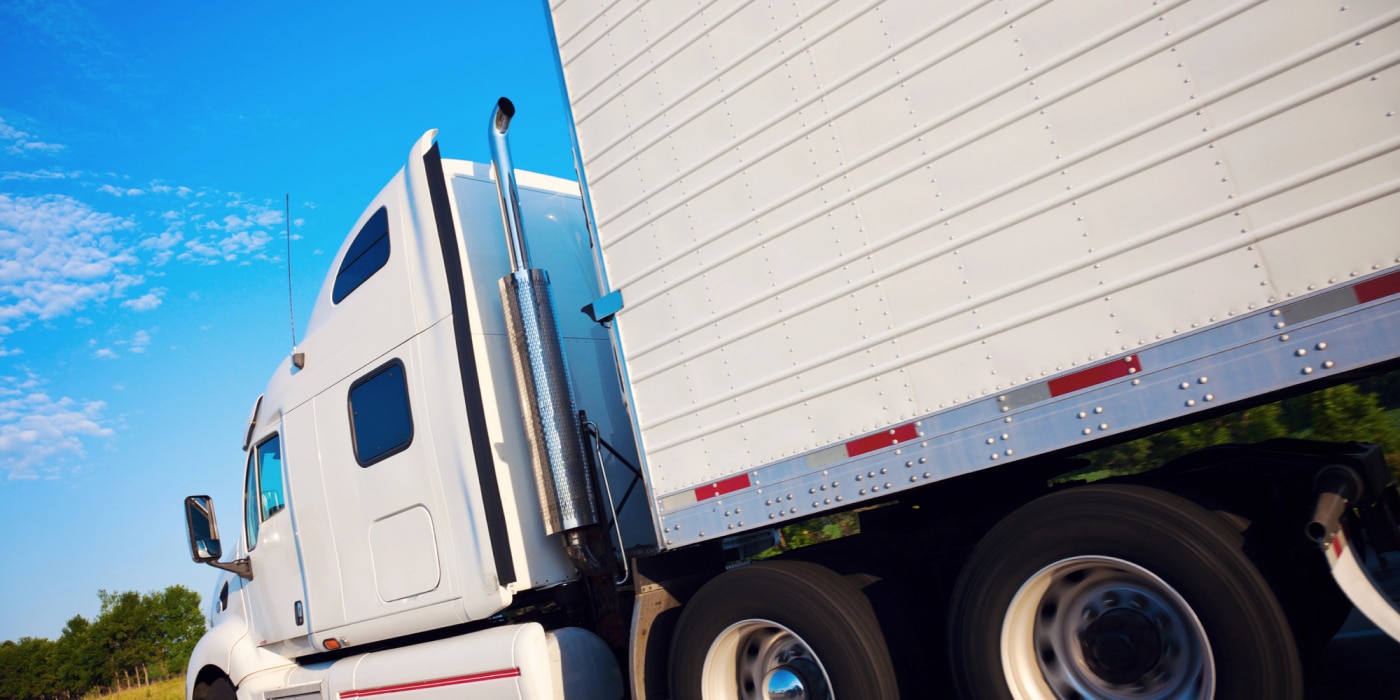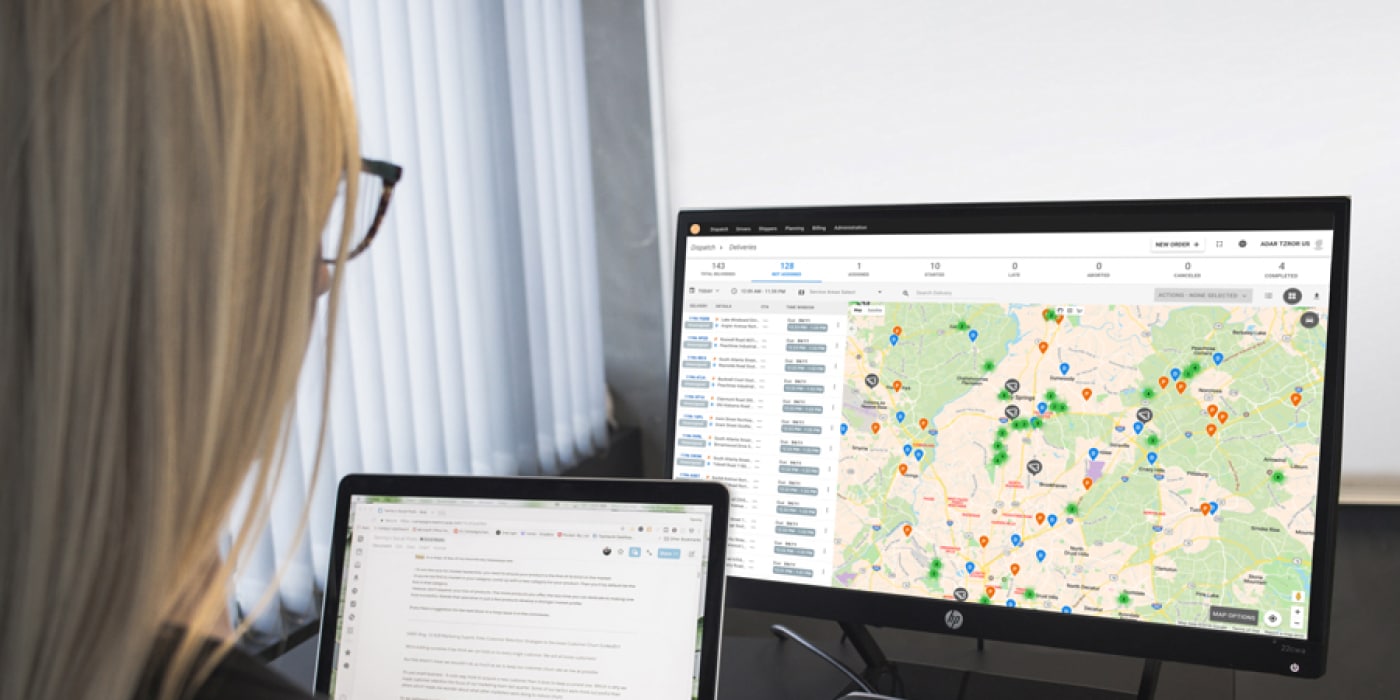Key Components of a Successful Direct-Store Delivery Operation
Direct-store delivery (DSD) involves delivering products directly to retail stores, bypassing traditional distribution centers. This approach offers several benefits. However, to maximize the effectiveness of a DSD operation, it’s essential to understand its key components.
Here’s a look at some key components of a successful DSD operation and how businesses can optimize their operations for success.
Route Planning and Optimization
Route planning is a critical component of direct-store delivery operations. It involves strategically planning delivery routes to minimize delivery time, reduce fuel costs, and maximize resource utilization. Implementing route planning and optimization software is crucial for creating efficient routes that enhance productivity and on-time deliveries. By analyzing various factors such as customer locations, delivery windows, and vehicle capacity, this software can determine the most efficient routes. This not only reduces fuel consumption but also ensures that deliveries are completed within the designated timeframes, enhancing customer satisfaction.

Real-Time Tracking
One of the fundamental components of successful direct-store delivery operations is the ability to track deliveries in real-time. This not only enhances route planning and scheduling but also allows for real-time updates to retailers and dynamic rerouting based on traffic conditions or unexpected delays. Real-time tracking also helps companies manage their DSD operations more effectively. With real-time tracking, businesses can identify potential issues or delays in the delivery process before they escalate.
The data collected through real-time tracking can be invaluable for businesses. Analyzing this data helps identify patterns and inefficiencies in the delivery process, paving the way for delivery improvements and enhanced resource optimization. By monitoring deliveries in real-time, businesses can allocate resources more effectively, optimize workflows, and improve productivity. Real-time tracking also allows customers to monitor the status of their deliveries, providing them with greater transparency and peace of mind.
Merchandising Support
DSD operations often involve more than just delivering products. They also encompass merchandising and product display at the retail level. Businesses must provide merchandising support to ensure that products are properly displayed, stocked, and promoted in-store. This may include providing retailers with product samples and promotional displays to drive sales and enhance brand visibility.
Additionally, field service management solutions provide the tools companies need to track, monitor, and manage their retail merchandisers from a single platform. Managers can easily track their field service workforce in real-time and adjust work schedules as needed. Field service applications give merchandisers on the road visibility into their assigned tasks and work schedules from where they need to go to how to get there.

Delivery and Field Service Coordination
Delivery and field service management platforms enable companies to automate, track, and coordinate all aspects of deliveries and merchandising tasks, providing tools for real-time tracking, advanced route optimization, and delivery and field service schedule synchronization. Connecting all delivery and merchandising stakeholders in one unified system eliminates data silos, enabling greater visibility and workforce synchronization.
Effective communication is essential for coordinating DSD activities among manufacturers, delivery drivers, and merchandisers. Integrated field service apps are key to facilitating communication between merchandisers, managers, and drivers. Different teams can communicate with each other through the app, send notifications when schedules change, and update each other when delays occur, improving communication and collaboration.
A successful direct-store delivery operation relies on several key components working together seamlessly to optimize delivery processes, improve delivery and field service synchronization, and enhance customer satisfaction. By focusing on key components such as route planning, real-time visibility, communication, merchandising support, and delivery and workforce coordination, businesses can optimize their direct-store delivery operations and deliver value to both retailers and end customers.
For more information about how our delivery and field service management solution can help you manage your deliveries more efficiently, please contact info@bringoz.com.
